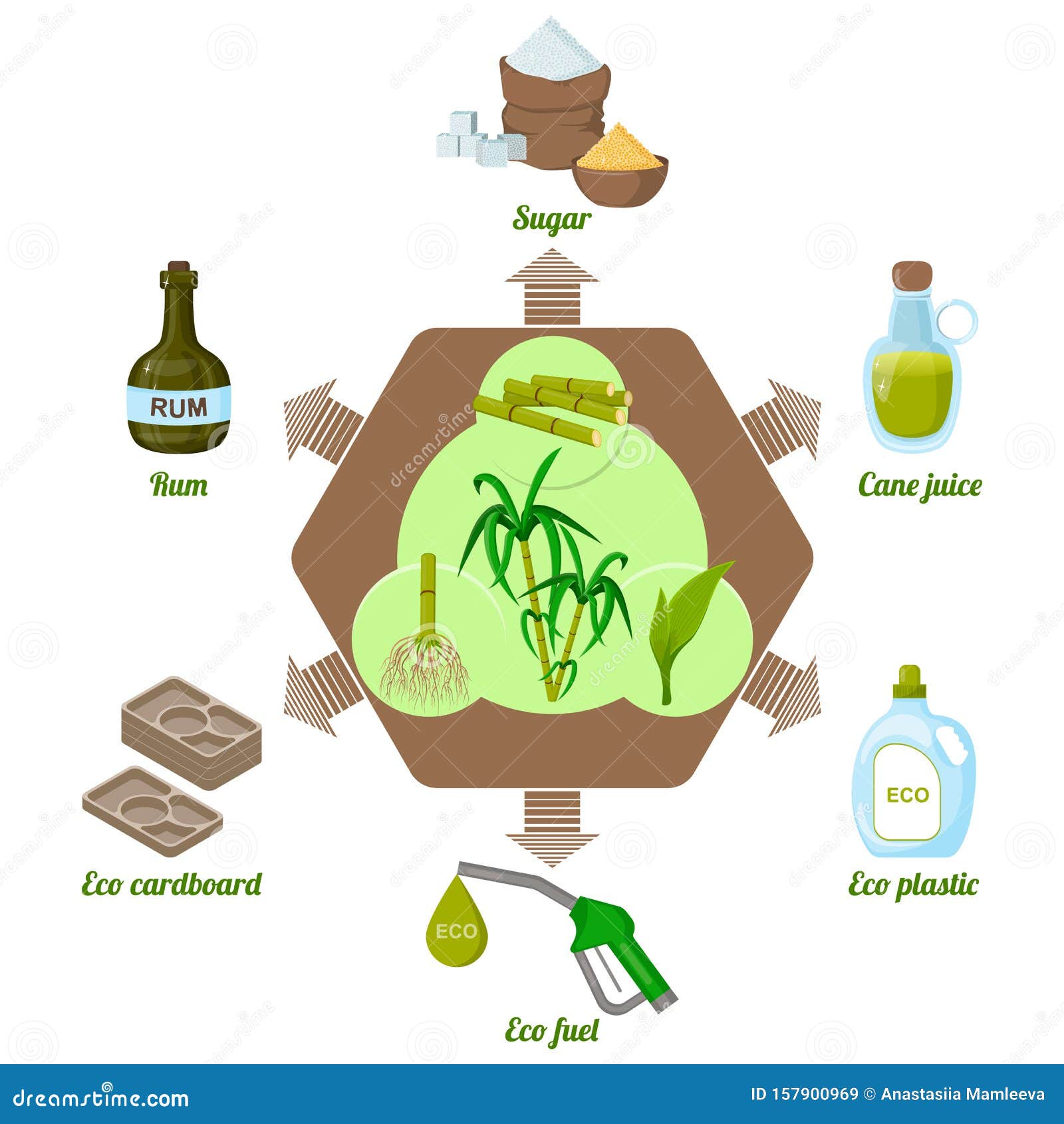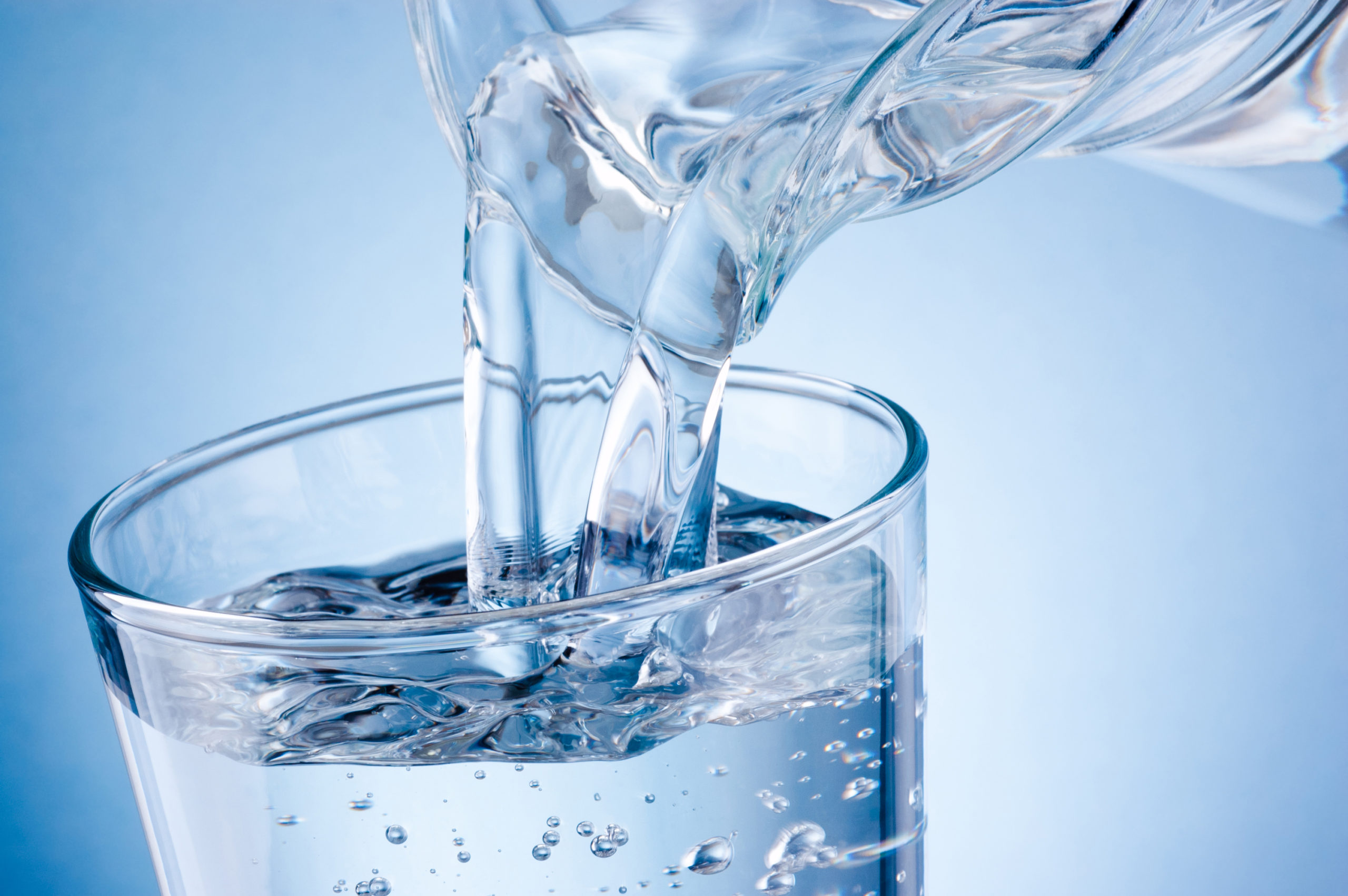How sugar cane products Outperform Common Industrial Ingredients
Discover All Concerning Sugar Cane: From Production Techniques to Item Innovations
Sugar cane is a crop with both historic importance and contemporary relevance. Its cultivation has evolved from standard methods to modern practices that meet today's farming needs. This development includes ingenious handling methods that transform the cane right into a variety of items. As the sector deals with ecological challenges, brand-new sustainable practices are arising. The complexities of sugar cane production and its future in global markets existing intriguing concerns worth exploring further.
The Background of Sugar Cane Cultivation
Although sugar cane is frequently associated with exotic environments, its farming has an abundant history that dates back thousands of years. Coming From in Southeast Asia, the earliest documents of sugar cane's use go back to around 8000 BCE, where it was chewed for its sweetness. By the initial millennium, it infected India, where it ended up being indispensable to regional cultures. The innovation to crystallize sugar arised in India by the fifth century CE, noting a considerable milestone in sugar production.With the expansion of profession paths, sugar cane located its way to the Middle East and, at some point, Europe. The establishment of plantations in the Caribbean during the 16th century transformed the international sugar market, driven greatly by colonial development. As sugar came to be a desired product, its cultivation shaped economic situations and cultures, laying the foundation for contemporary manufacturing techniques that progressed with the improvement of farming and modern technology.
Typical Farming Techniques
As sugar cane cultivation progressed via history, standard farming techniques arised as foundational techniques that formed its manufacturing. These methods, often passed down with generations, included the use of handbook devices such as hoes and machetes for growing and collecting. Farmers generally prepared the soil by hand, making use of crop rotation and intercropping to maintain soil fertility and control parasites. Water management was necessary, with many conventional growers relying upon all-natural irrigation systems and rainwater harvesting.Planting was most of the time to accompany seasonal rainfalls, ensuring perfect development problems. Traditionally, sugar cane was planted in rows, permitting much easier maintenance and harvesting. Collecting was done by hand, needing competent labor to lessen damages to the stalks. Overall, typical farming techniques emphasized sustainability and a deep understanding of the neighborhood setting, developing an essential component of the social heritage surrounding sugar cane farming. These techniques prepared for future improvements in sugar manufacturing.
Modern Agricultural Practices
Modern agricultural methods have increasingly bundled accuracy farming strategies to enhance sugar cane production. sugar cane products. These approaches utilize data-driven approaches to enhance inputs and enhance yields while lessening ecological effect. Additionally, sustainable parasite monitoring techniques are being adopted to safeguard plants without compromising eco-friendly equilibrium
Precision Farming Techniques
Precision farming methods stand for a transformative method to agriculture, leveraging technology to boost performance and sustainability in sugar cane manufacturing. By using tools such as GPS, remote picking up, and information analytics, farmers can keep an eye on crop health and wellness, soil problems, and water usage with extraordinary accuracy. This data-driven approach permits for targeted interventions, minimizing waste and optimizing source allowance. Drones and satellite images assist in real-time evaluations, making it possible for cultivators to respond promptly to emerging concerns or modifications in environmental problems. In addition, accuracy farming improves return projecting and improves decision-making procedures, ultimately resulting in better plant management. Consequently, sugar cane producers can attain greater efficiency and success while reducing their environmental impact, adding to the general development of contemporary agricultural techniques.

Lasting Parasite Administration
Efficient management of pests is necessary for preserving the wellness and performance of sugar cane plants. Sustainable parasite monitoring methods focus on lessening chemical inputs while making best use of eco-friendly equilibrium. sugar cane products. Integrated Parasite Management (IPM) is a preferred method, integrating biological control, habitat control, and making use of resistant sugar cane varieties. Farmers are increasingly utilizing advantageous insects and natural predators to subdue pest populaces, lowering dependence on artificial pesticides. Surveillance pest degrees with catches and hunting enables prompt interventions, guaranteeing that control procedures are applied only when essential. Additionally, crop rotation and intercropping boost biodiversity, more lessening parasite break outs. By embracing these sustainable practices, sugar cane manufacturers can keep plant return while promoting environmental stewardship and minimizing the adverse influences linked with standard pest control methods
Handling Sugar Cane: From Field to Manufacturing facility
The intricate journey of sugar cane from field to manufacturing facility includes several crucial steps that change this dynamic crop right into a raw product for sugar production. After collecting, sugar cane is rapidly transported to the handling center to reduce sucrose loss. The initial step at the manufacturing facility is washing the cane to get rid of impurities, followed by crushing to draw out the juice. This juice goes through explanation, where it is warmed and treated with lime to remove solid particles and impurities.Once made clear, the More Help juice is concentrated via dissipation, leading to syrup. The syrup is then crystallized by cooling down and adding seed crystals, bring about the formation of sugar crystals. Adhering to condensation, the sugar goes through centrifugation to separate it from molasses. Inevitably, the sugar is dried out, packaged, and prepared for distribution. Each action in this process is important for guaranteeing the top quality and efficiency of sugar production.
Sugar Cane Products and Their Applications

Sugar and Natural Sugars
Often overlooked, sweeteners and natural sugars acquired from sugar cane play a necessary function in the food and beverage market. These items, consisting of sucrose, molasses, and raw sugar, provide a series of flavors and capabilities that improve various food products. Sucrose, the most typical sugar, is commonly utilized for its sweetening homes, while molasses adds deepness and intricacy to baked items and sauces. Natural sugars from sugar cane are preferred for their very little processing and perceived health benefits compared to sweetening agents. In enhancement, developments in sugar cane handling have caused choices like fluid sugar and concentrated cane juice, satisfying varied consumer choices. In general, sugar cane-derived sweeteners are essential to flavor, protecting, and enhancing food experiences.
Biofuels and Renewable Resource

Sustainability in energy manufacturing has progressively transformed interest to sugar cane as a practical source for biofuels. This exotic plant, rich in sucrose, can be exchanged ethanol, a sustainable browse around this web-site fuel that reduces greenhouse gas emissions compared to nonrenewable fuel sources. The fermentation procedure uses molasses, a by-product of sugar manufacturing, maximizing resource performance. Moreover, sugar cane's biomass, consisting of bagasse and leaves, can be changed into bioenergy, adding to a circular economic climate. Various technologies in processing techniques boost the return of biofuels, making sugar cane an appealing alternative for energy diversification. Additionally, the growing need for lasting energy resources drives study into improving farming methods and decreasing the carbon footprint of biofuel production, positioning sugar cane as an essential player in the renewable resource landscape.
Developments in Sugar Cane Sustainability
As the worldwide demand for sugar rises, innovations in sugar cane sustainability have ended up being vital to satisfy both ecological and financial obstacles. Modern farming practices are being implemented to reduce water usage, improve dirt health and wellness, and reduce chemical inputs. Strategies such as precision farming utilize data analytics and modern technology to maximize source usage and rise crop yields sustainably.Additionally, the advancement of genetically modified sugar cane varieties aims to improve resistance to insects and ecological stress factors, leading to greater performance with less inputs. Waste management methods are additionally evolving; by-products from sugar cane handling are being changed into bioenergy, minimizing reliance on fossil fuels.Furthermore, partnerships between farming stakeholders and environmental companies are promoting methods that promote biodiversity and ecosystem health. These technologies not only aid reduce the ecological impact of sugar cane manufacturing yet also develop an extra durable and sustainable market for the future.
The Future of Sugar Cane in Global Markets
While international sugar consumption continues to rise, the future of sugar cane in international markets deals with both chances and obstacles. The enhancing demand for biofuels and sustainable products provides a substantial possibility for sugar cane manufacturers, as the crop can be utilized for ethanol production and other eco-friendly choices. On top of that, developments in processing techniques might boost efficiency and lower costs, making sugar cane a lot more competitive versus other sweeteners.However, obstacles such as climate change, fluctuating market costs, and altering consumer preferences towards much healthier choices complicate the landscape. Furthermore, trade policies and tariffs can impact the international market characteristics, affecting farmers' profitability. As stakeholders browse these intricacies, partnership among manufacturers, governments, and researchers will certainly be vital in adjusting to the advancing market. The future of sugar cane depends upon balancing these chances and difficulties to secure its place in a rapidly transforming worldwide economy.
Often Asked Questions
How Does Sugar Cane Impact Local Ecosystems and Biodiversity?
The farming of sugar cane substantially affects neighborhood ecological communities and biodiversity. Monoculture techniques can result in environment devastation, while pesticide use might harm non-target types, ultimately disrupting eco-friendly balance and decreasing types richness in influenced areas.
What Are the Health And Wellness Results of Consuming Sugar Cane Products?
The health and wellness impacts of consuming sugar cane items consist of potential benefits like energy boosts and anti-oxidants, yet excessive intake may lead to weight gain, dental issues, and enhanced danger of diabetic issues, prompting small amounts in intake.
Are There Any Alternatives to Sugar Cane for Sugar Manufacturing?
Alternatives to sugar cane for sugar manufacturing consist of sugar beetroot, maple sap, and coconut palm sap. These sources provide comparable sweet taste and can be grown in various climates, offering diverse alternatives for sugar manufacturing worldwide.
Exactly How Is Sugar Cane Impacted by Climate Change?
Climate modification considerably affects sugar cane, creating altered rainfall patterns, raised temperatures, and heightened pest stress. These variables can decrease returns and affect general top quality, triggering the requirement for adaptive agricultural methods to guarantee sustainability.
What Are the Labor Conditions for Sugar Cane Workers Globally?
Labor problems for sugar cane workers internationally vary significantly, typically defined by low earnings, long hours, and inadequate precaution. Several face exploitation and severe workplace, particularly in developing countries anonymous reliant on sugar cane production.